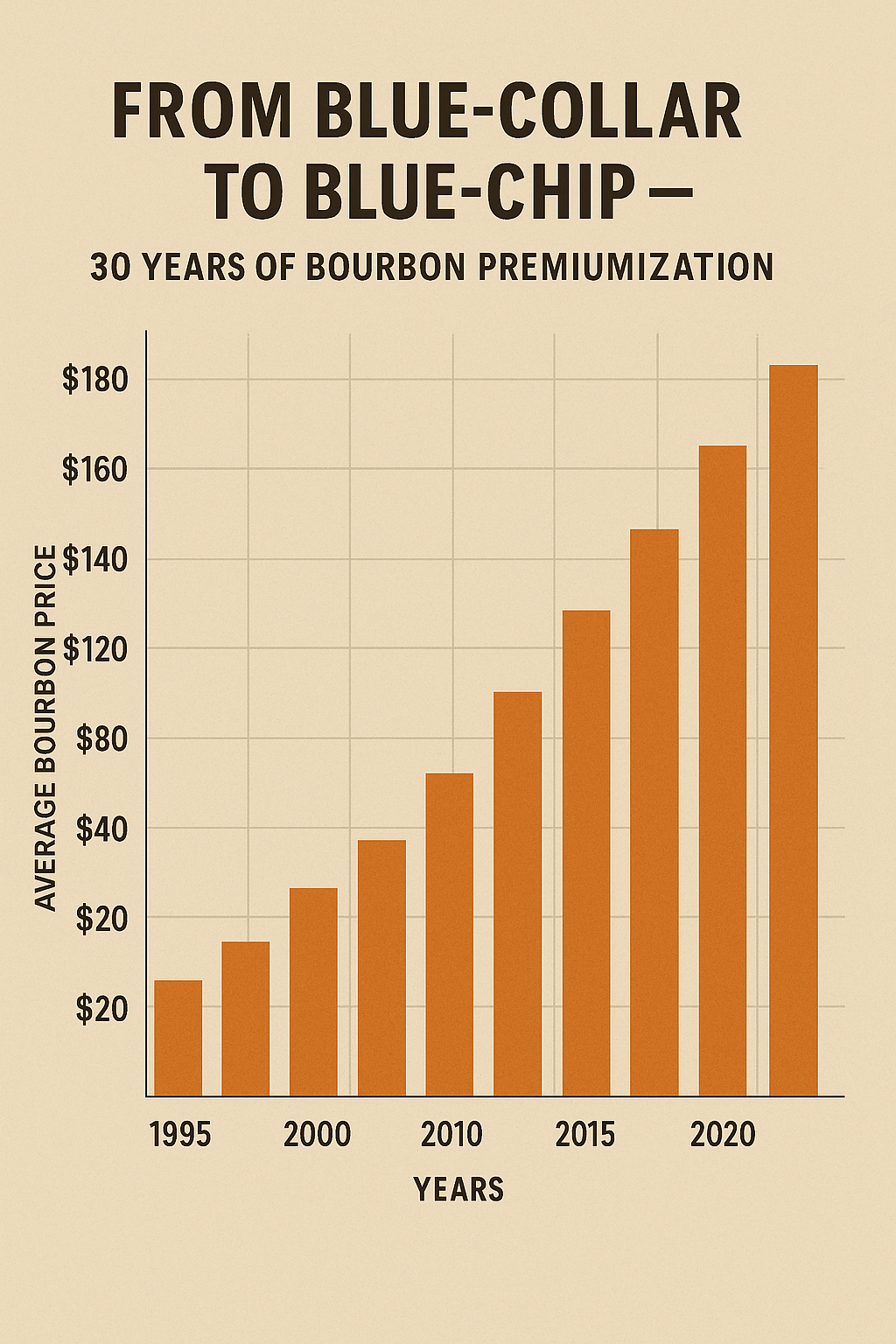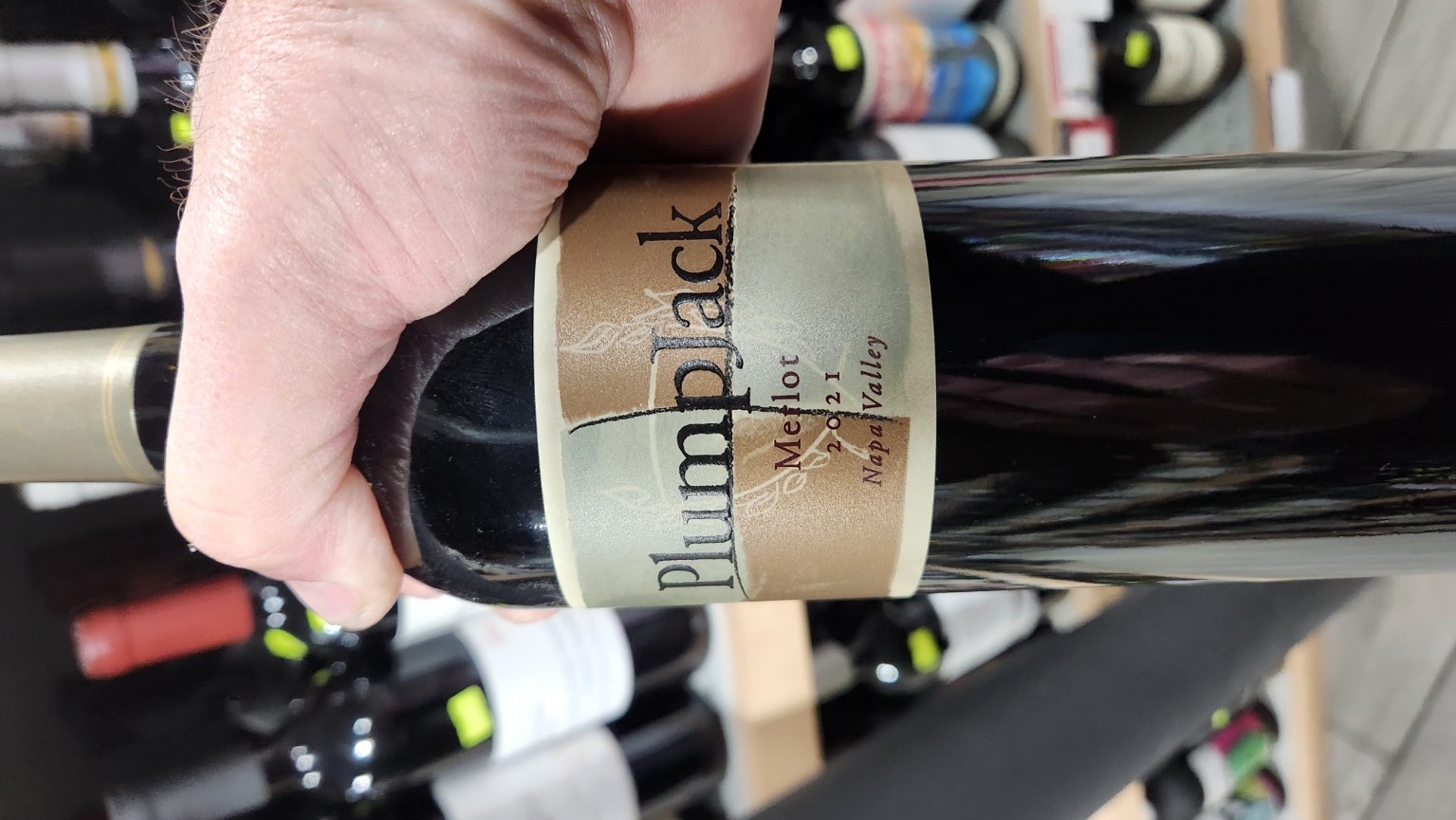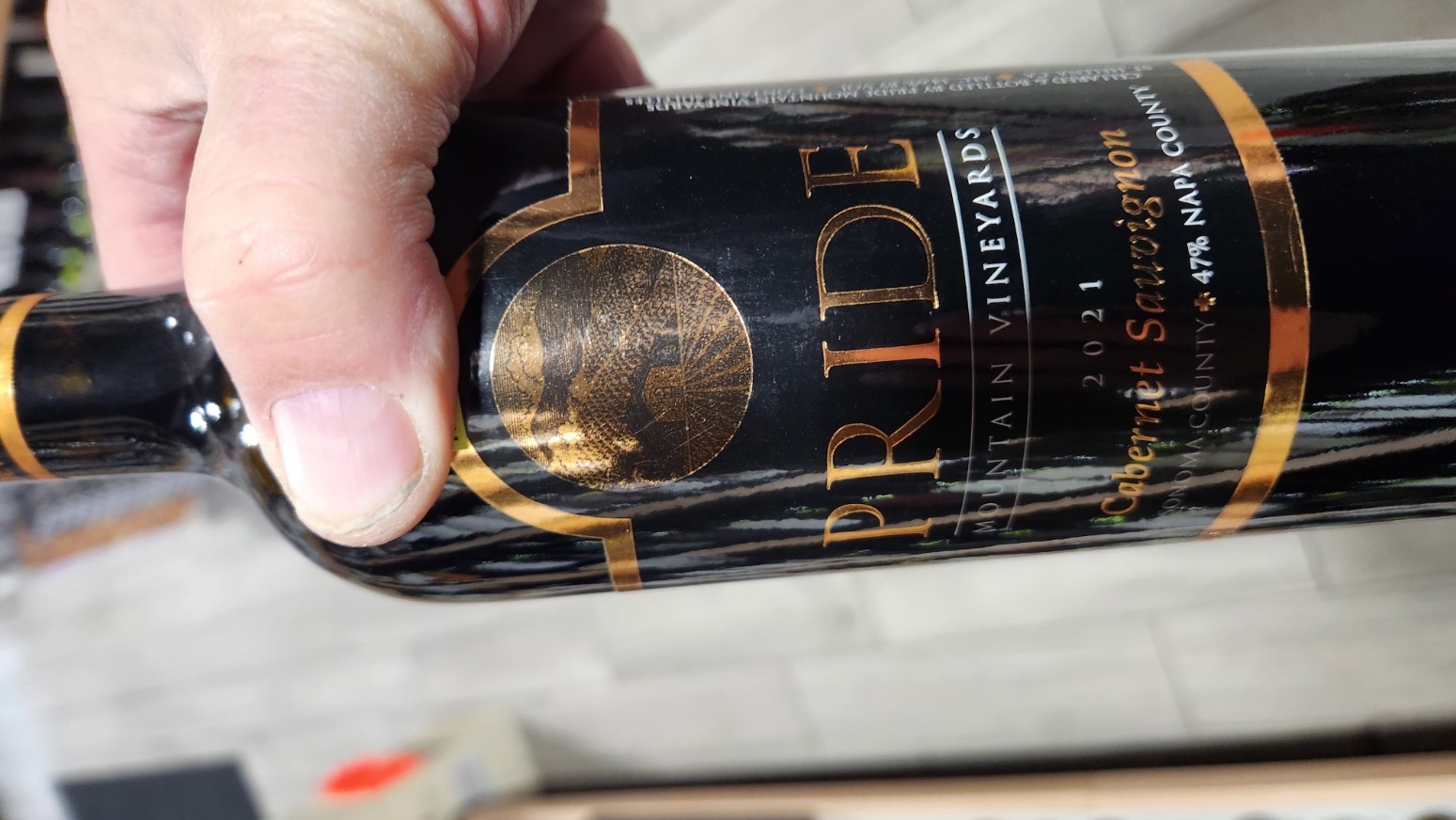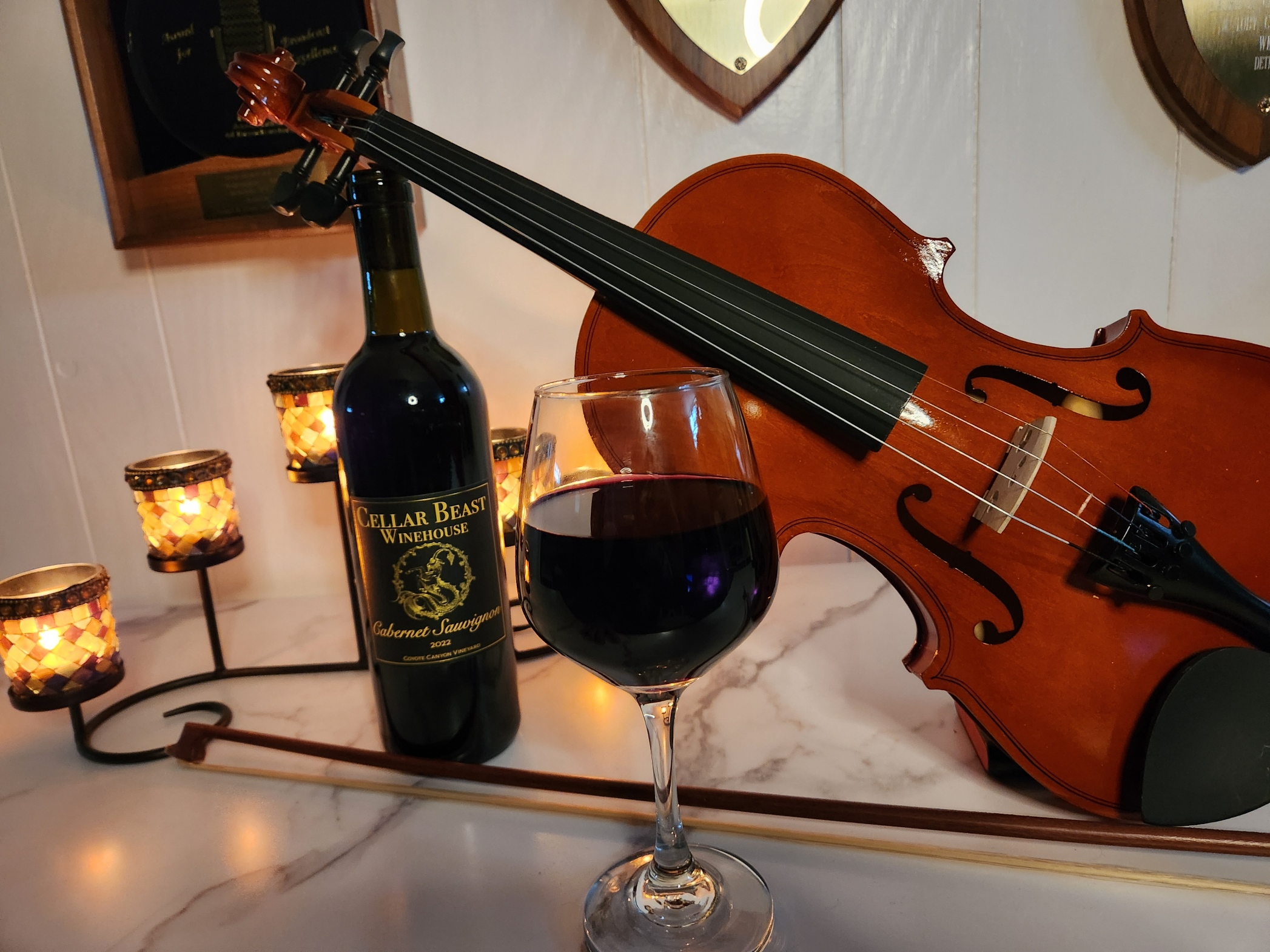The New Bourbon Boom — Refined, Exclusive, and Global
It wasn’t long ago that bourbon was a working-class drink — poured over ice in small-town bars, served neat in Kentucky kitchens, or blended into cocktails at backyard barbecues. Today, it’s more likely to be found under glass at Sotheby’s or on a top shelf in Tokyo.
Bourbon’s center of gravity has shifted from quantity to quality, scarcity, and storytelling. Collectors are now chasing limited single barrels, experimental finishes, and distiller’s-cut releases that rival fine Scotch or Cognac in both price and prestige.
Why Rarity Drives Desire
The ultra-premium bourbon market thrives on controlled scarcity. Producers release only a few barrels per year, often tied to specific mash bills, warehouse locations, or maturation quirks. This manufactured rarity creates demand that snowballs with each social-media drop, review, or auction.
The secondary market reinforces the frenzy. A bottle that retails for $250 can trade for $2,000 within months. And while distillers once lamented flipping, many now embrace it as proof of brand equity — a testament that bourbon has crossed into collectible territory.
Craftsmanship Meets Innovation
At the top end, distilleries aren’t just aging longer — they’re experimenting smarter. Extended aging in micro-climates, double oak programs, wine-cask finishes, and bespoke yeast strains are all part of the new ultra-premium toolkit.
For example, some Kentucky houses are adopting precision maturation analytics, using humidity sensors and AI models to track the flavor evolution inside each barrel. The result? Bottles that blend heritage with high-tech precision — the kind of detail collectors pay dearly for.
The Global Palate Expands
Luxury bourbon isn’t confined to Bardstown anymore. Japan, Australia, and the UK have become some of the biggest importers of rare American whiskey. Bourbon bars in London and Singapore now rival those in Louisville for depth and rarity.
This globalization has also reshaped American distilling culture — smaller producers are pushing design, branding, and quality to meet international expectations, elevating the entire category.










